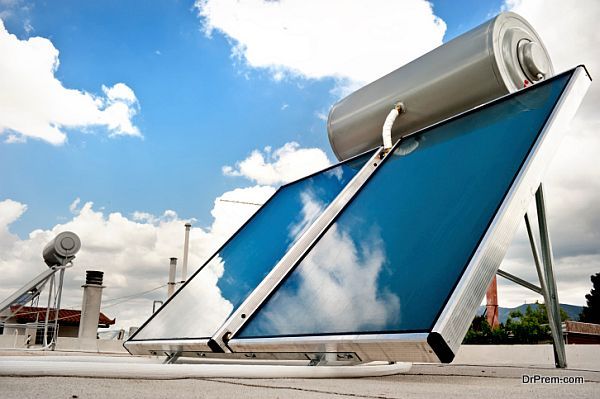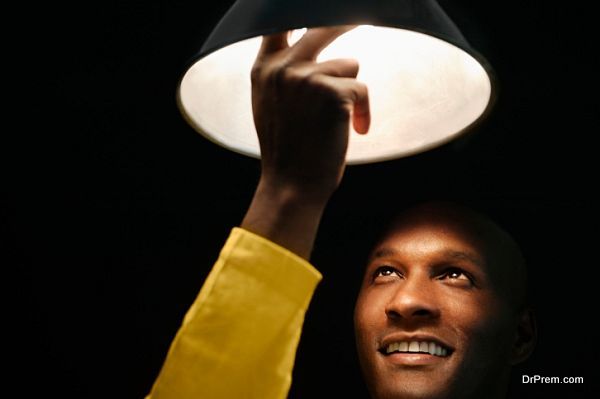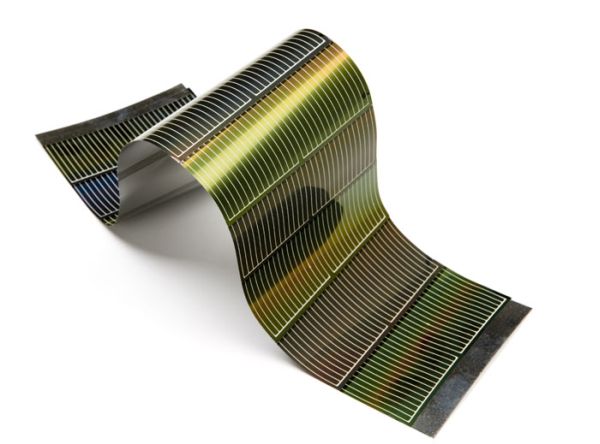Solar power is fast becoming an alternative to fossil fuels. While there are varieties of products and systems available across the world for tapping renewable energy sources like solar power, the most benefitted lot is still of the developing countries. In fact, it is an excellent opportunity for developing countries to take advantage of solar power. While it decreases their power costs, it is also a harmless method of generating energy. Although there are several other types of renewable energies, it is best for developing countries to rely on solar power. Check out why solar power is beneficial for the developing world.
Location

If you consider the locations of developing countries, then you will notice that most of these are based in sunny locales where it becomes easier to capture sunlight. While these countries may lack biomass sources and wind, there is plenty of sunlight available through the entire year. Thus, maximum energy may be generated using cost-effective solar photovoltaic systems. Sun is a feasible source of energy for almost all developing countries, as it could find maximum applicability in these nations.
Need to replace traditional resources

A major portion of the world population stays in developing countries. A substantial part of this population stays in remote villages and homes. At such places, people are using huge amounts of traditional non-renewable energy sources, such as charcoal and wood. If the consumption of traditional resources continues to be at this pace, then developing countries would soon be deprived of oil and fuel wood. Additionally, this continuous dependence on traditional resources would also lead to a scarcity of usable land. Thus, sustainability in developing countries can be brought only by replacing the use of traditional fuel resources by a reliable and practical power source like sunlight. Solar power will also be a healthier alternative for people in these countries, as well the environment.
Lower costs

As solar power can help in addressing the power problems in a large number of remote homes and villages in developing countries, it can be cheaper to install many PV systems together. A higher demand for these systems would also lead to more competition. Again, higher competition would lower down the costs further. Thus, solar energy costs in developing countries would actually be lower than the costs in developed countries. In addition, people would be able to live with a cleaner source of energy rather than traditional resources that are also harmful for the environment.
Additional incentives

As governments are also interested in encouraging the use of solar energy, more incentives are being given to install solar panels and systems. When developing countries look at the benefits from such incentives being given in developed nations, they also follow the practices and get motivated to turn to solar power. Thus, budgets in developing countries are also revised to strengthen the solar market.
Passive solar design

A passive solar design captures sunlight within a structure and converts it to heat. This kind of a design is more efficient and cost-effective. In developing countries, climatic conditions support this design and lead to energy efficiency.
Summary:
From several points of view, developing nations are more at benefit when it comes to the tapping and use of solar energy. It is not only the location but also the higher energy demands of these countries that lead to cost-effective system installation and power generation.




